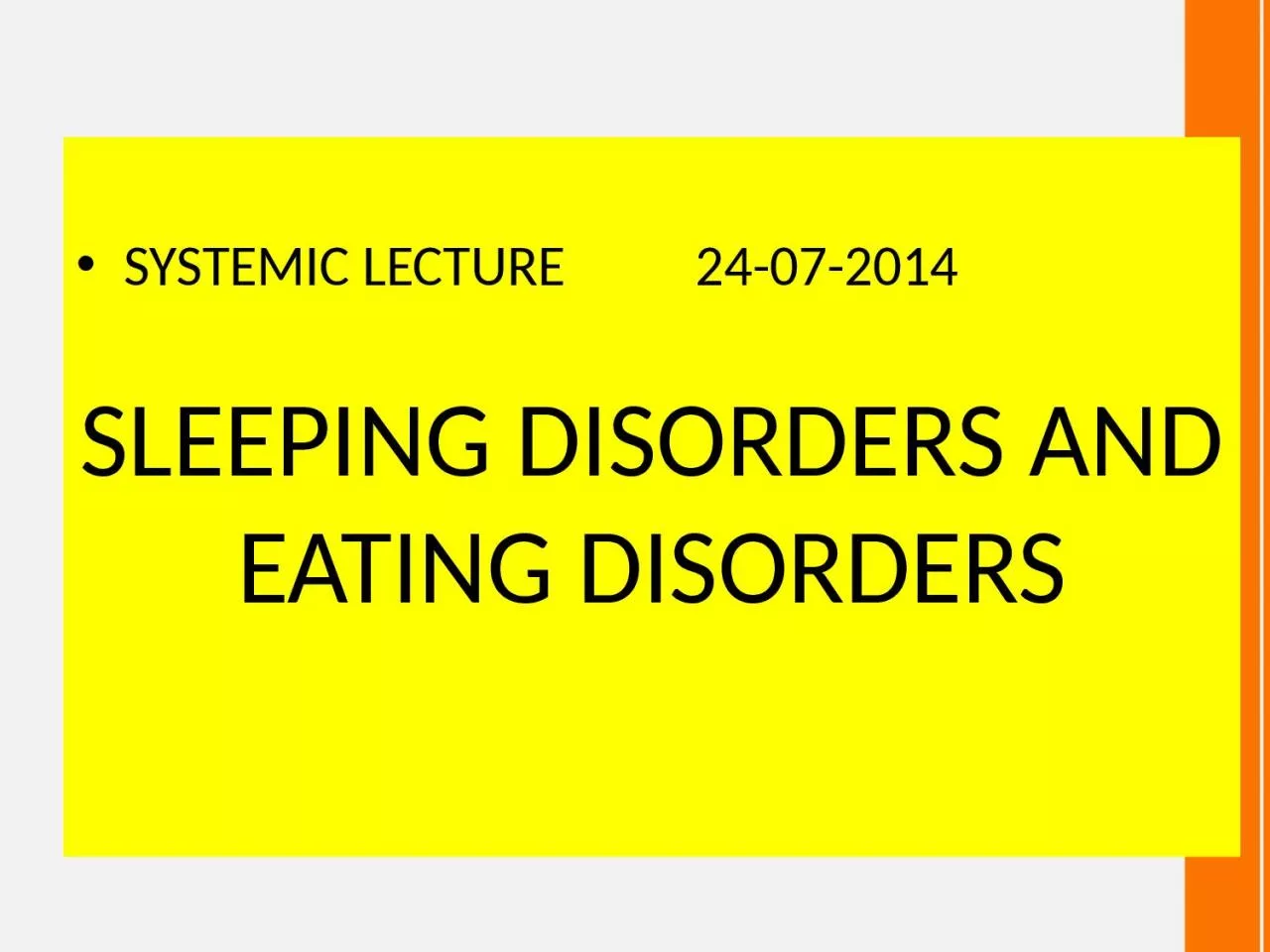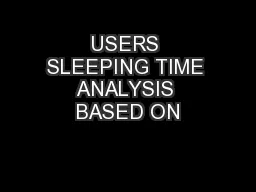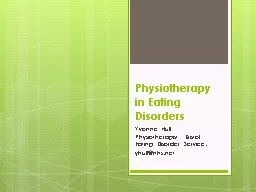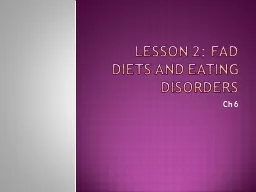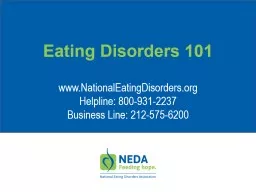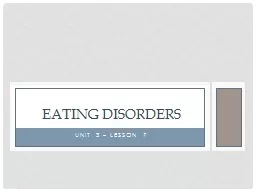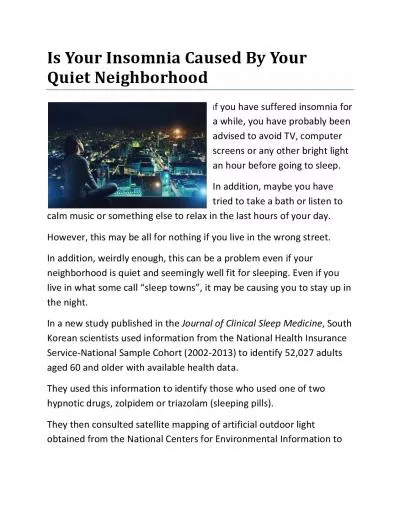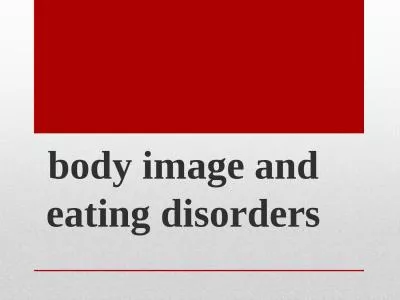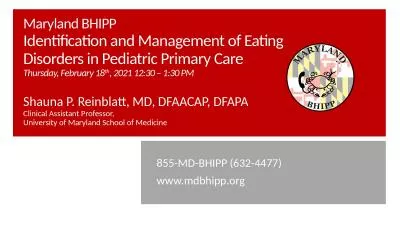PPT-SLEEPING DISORDERS AND EATING DISORDERS
Author : gabriella | Published Date : 2022-06-11
SYSTEMIC LECTURE 24072014 NON ORGANIC SLEEP DISORDERS Stages of Sleep Stage 1 Stage 1 sleep or drowsiness is often described as first in the sequence The eyes
Presentation Embed Code
Download Presentation
Download Presentation The PPT/PDF document "SLEEPING DISORDERS AND EATING DISORDERS" is the property of its rightful owner. Permission is granted to download and print the materials on this website for personal, non-commercial use only, and to display it on your personal computer provided you do not modify the materials and that you retain all copyright notices contained in the materials. By downloading content from our website, you accept the terms of this agreement.
SLEEPING DISORDERS AND EATING DISORDERS: Transcript
Download Rules Of Document
"SLEEPING DISORDERS AND EATING DISORDERS"The content belongs to its owner. You may download and print it for personal use, without modification, and keep all copyright notices. By downloading, you agree to these terms.
Related Documents

